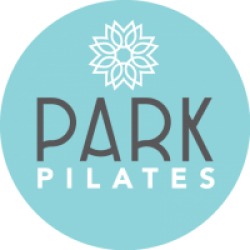Reformer Pilates – What is the difference?
Reformer Pilates is similar yet very different to mat based Pilates. It is done using the Pilates reformer machine and is generally more intense and more dynamic than mat based Pilates as it adds resistance to the Pilates exercises via the use of the springs which form part of the machine.
The Pilates reformer is a traditional piece of Pilates equipment which looks like a bed with springs, a sliding carriage, ropes and pulleys. The origins of the Pilates reformer date back to the original Pilates studio in New York in the 1920’s and was designed by Joseph Pilates himself.
Our reformers have 5 springs and when combined can add up to a considerable resistance. Conversely, as there are five springs, using only one or two of them can provide a gentler resistance depending on the exercise and the muscle being worked.
This means that the intensity can be varied considerably from one person to the next, making it an incredibly versatile piece of equipment to use as a workout or rehab tool.
What to remember in every class:
When performing every single Pilates move, you should:
- Breathe correctly. Use deep breathing to target and tone your deep transverse abdominal muscles. Your inhale should expand the ribcage (diaphragm) but not the belly, which should be tight and flat as if you are wearing a corset. This helps you keep your core muscles engaged. Your tummy should be pulled in and scooped at all stage of every exercise.
- Shoulders should be away from your ears and retracting your shoulder blades toward the center of your spine.
- Properly align the spine. Your head and neck should follow the natural line of your spine at all times.
- Focus on every movement as if it comes from the centre of the body (your core).
- Practice control. Don’t use momentum to help you move. Movements should be done in a slow and controlled manner at all times.
- Keep your body grounded and stable. If you’re really focusing on the core, your body should be square on the carriage and you should not rock or slide in any direction during exercises that involve lying, sitting, or kneeling.
- Work in an appropriate range of motion. Fitness fanatics tend to try the hardest options, even when they haven’t truly mastered the basics with proper form. Similarly, wanting to work harder, many people will work in larger ranges of motion, but aren’t able to keep their torso stable (point #6 above) when doing so. Only work to a level that allows you to maintain all of the points above.

